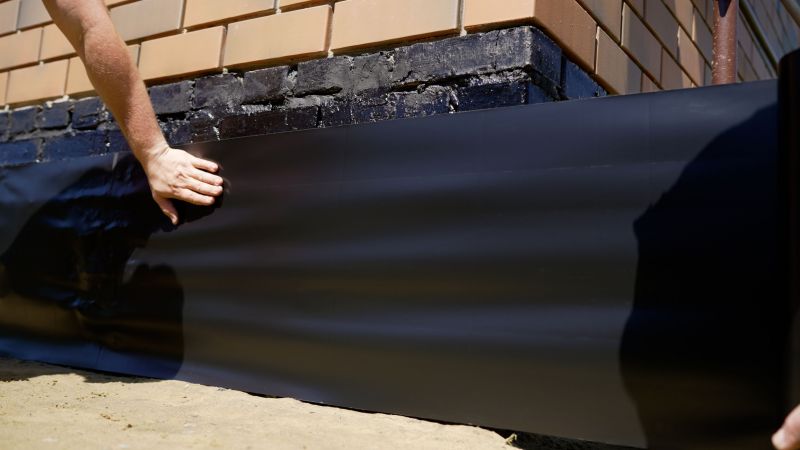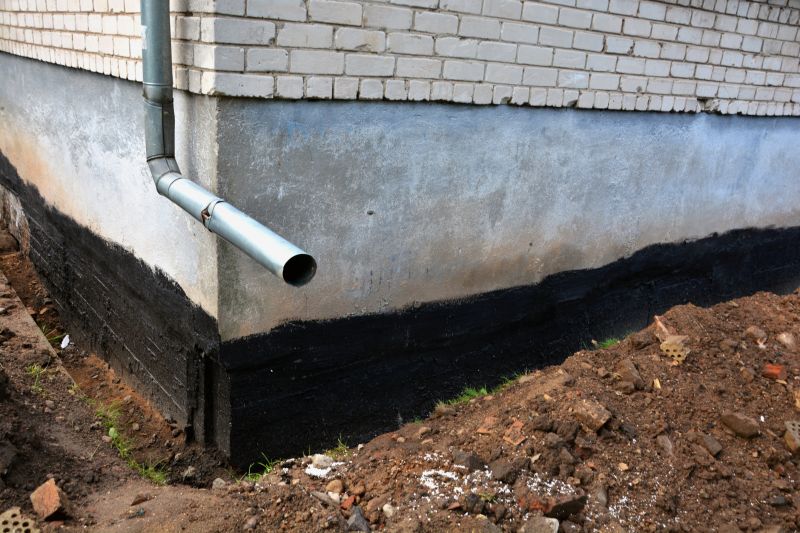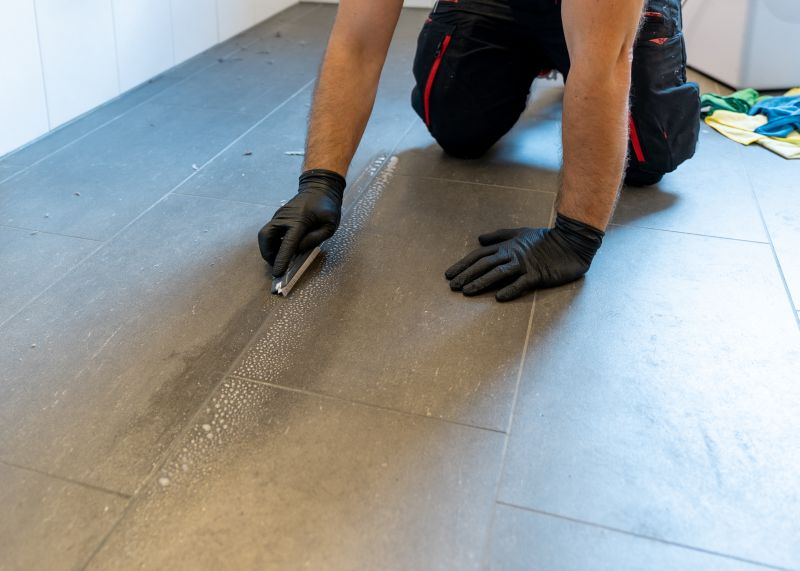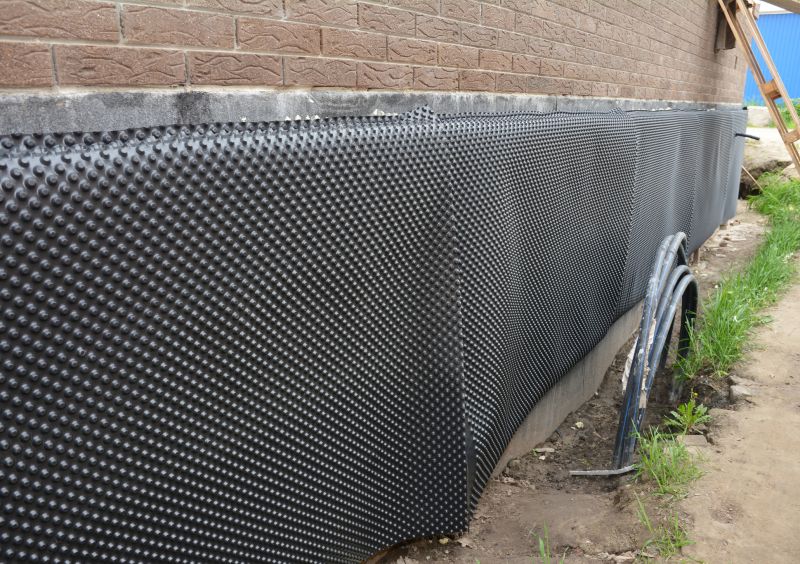Optimal Timing for Waterproofing Projects
Determining the optimal time for waterproofing projects is essential for ensuring durability and effectiveness. Weather conditions, temperature, and humidity levels influence the application and curing process of waterproofing materials. Typically, dry, moderate weather with temperatures between 50 and 85 degrees Fahrenheit create ideal conditions for waterproofing work. Performing waterproofing during these periods minimizes the risk of moisture interference and ensures proper adhesion.
Spring offers moderate temperatures and longer daylight hours, making it suitable for waterproofing projects before the summer heat and humidity set in.
While summer can be suitable, high temperatures and humidity may affect the curing process, requiring careful planning and timing.
Fall provides cooler, dry weather ideal for waterproofing, especially before winter conditions arrive.
Winter is generally not recommended due to freezing temperatures and increased moisture, which can compromise waterproofing effectiveness.

Professional waterproofing during spring benefits from optimal weather conditions.

Proper timing ensures effective curing during warmer months.

Ideal season for sealing and waterproofing before winter.

Ways to make Waterproofings work in tight or awkward layouts.

Popular materials for Waterproofings and why they hold up over time.

Simple add-ons that improve Waterproofings without blowing the budget.
| Season | Recommended Conditions |
|---|---|
| Spring | Dry, moderate temperatures between 50-70°F, low humidity |
| Summer | Warm temperatures with low humidity, avoid peak heat hours |
| Fall | Cool, dry weather, temperatures between 50-75°F |
| Winter | Freezing temperatures and snow should be avoided |
Waterproofings are essential for protecting structures from moisture intrusion, which can lead to structural damage, mold growth, and insulation issues. Proper waterproofing extends the lifespan of buildings, reduces maintenance costs, and preserves property value. Advances in waterproofing materials and techniques have improved application efficiency and durability, making timing a critical factor for optimal results. Regular assessments and timely application during suitable weather conditions ensure long-lasting protection against water penetration.

